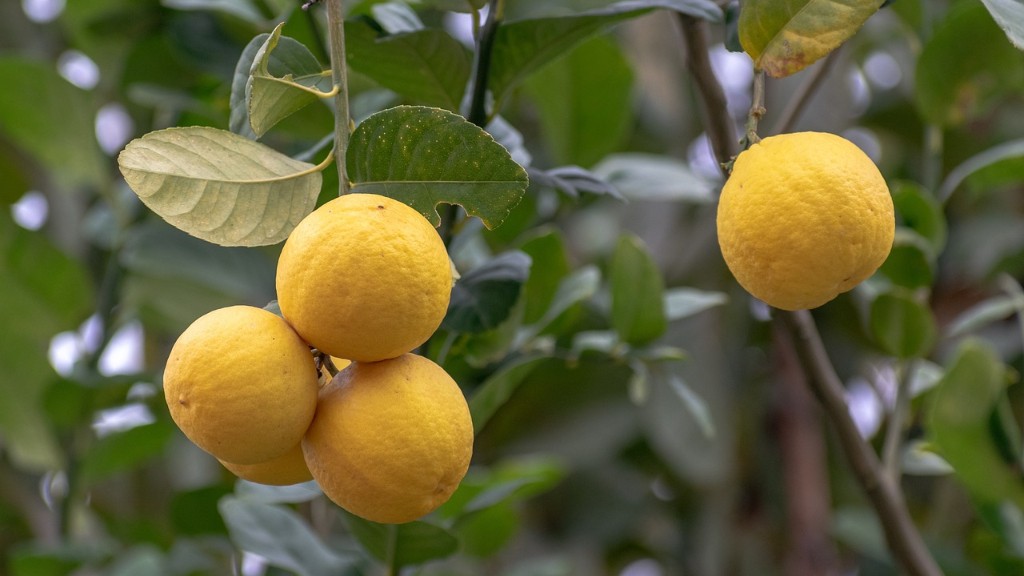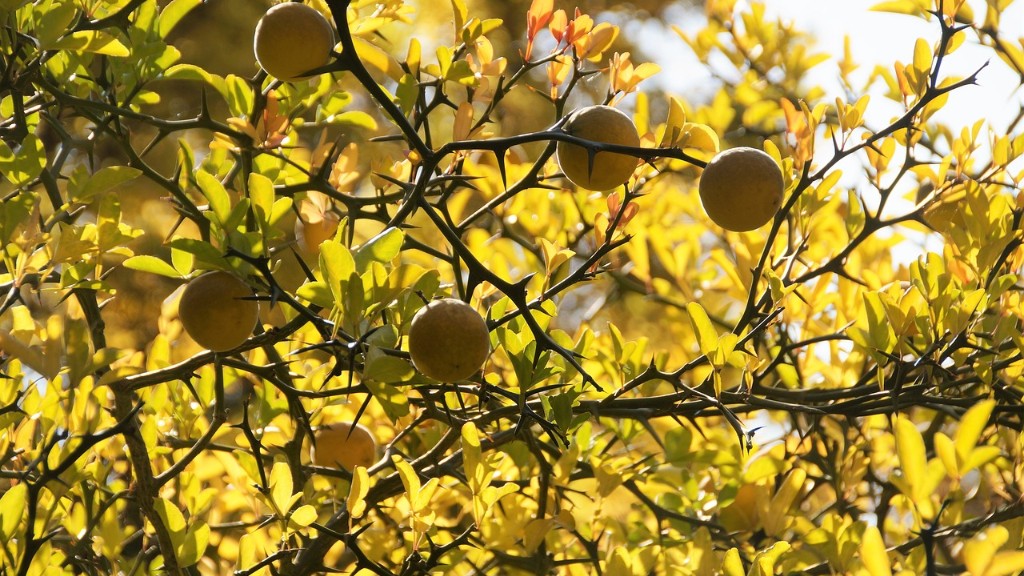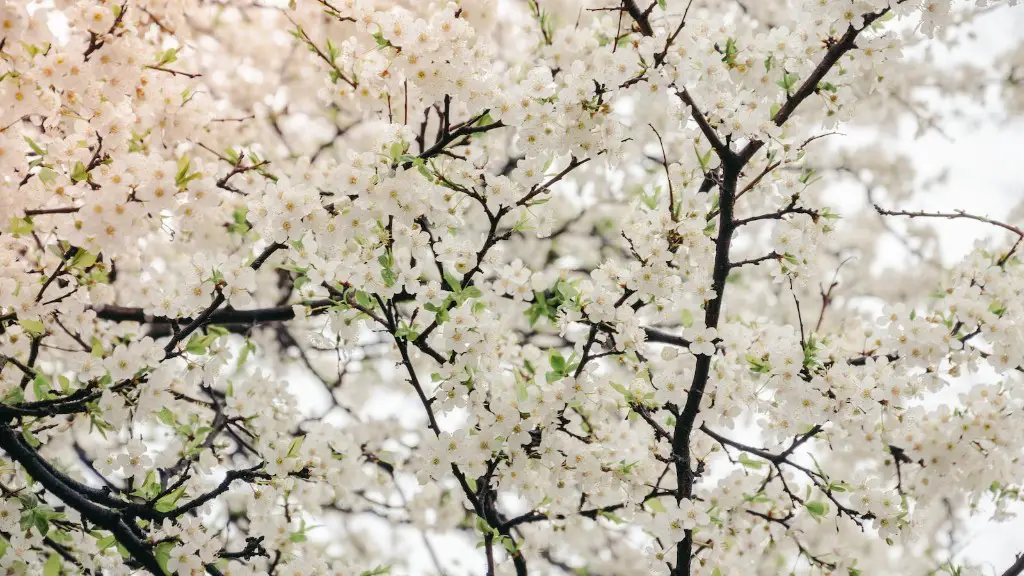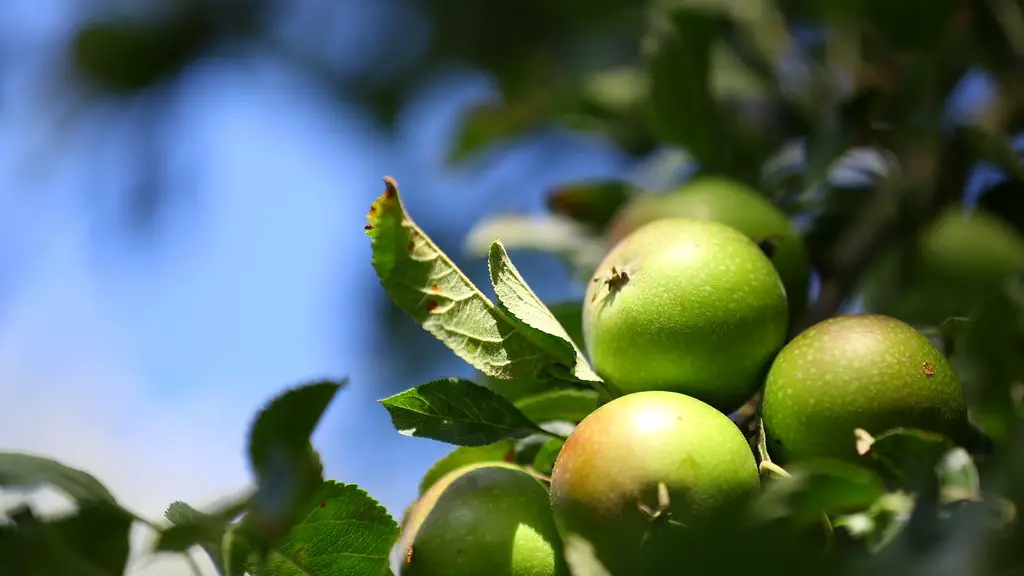Section One
When growing a dwarf lemon tree, it is important to understand what type and size of pot is best suited for successful growth. Generally, citrus trees prefer pots made of terracotta, clay, or plastic, with a minimum pot diameter of 30 cm. The pot should also have good drainage, with drainage holes at the bottom, and adequate room for the lemon tree’s roots. When choosing a pot for a dwarf lemon tree, it is important to remember that the size of the pot should match the size of the tree, and should also take into account the tree’s growth potential.
Trees grown in smaller containers are more likely to experience root restriction, which can stifle their growth and potentially interfere with fruit development. On the other hand, larger pots can cause root suffocation due to excessive wetness. By selecting a pot of the correct size, you can successfully support the growth of your dwarf lemon tree, and ensure it produces a bountiful harvest of fruit.
When selecting a pot for your dwarf lemon tree, remember that the size should match its rate of growth, to ensure it has room to expand and won’t become root-bound. To determine the size of pot best suited to your tree, inspect the roots, paying attention to their health, diameter and length. The root system should be neither too large nor too small for the pot.
As dwarf lemon trees typically have a slow growth rate, it’s important to choose an appropriately sized pot that is just large enough for the tree’s roots. A pot between 35-45 cm in diameter is usually large enough for most dwarf lemon trees. However, in some cases, a smaller or larger pot may be necessary, depending on the size and development of your tree’s root system.
When deciding on a pot size, remember that a larger pot won’t necessarily give your tree a growth boost. It is more beneficial to select a pot that matches the size of your dwarf lemon tree and its root system, to prevent the tree from becoming root-bound.
Growers should also pay attention to the material used in the pot. Plastic pots with drainage holes should be used, as they allow for better air circulation and drainage. Terracotta and clay pots tend to dry out quicker than plastic, so soil should be monitored closely to ensure the plant receives adequate moisture.
Overall, when looking for a pot suitable for a dwarf lemon tree, consider the size and material of the pot. By selecting a pot of the appropriate size, you can ensure that your tree’s roots have adequate room to expand and will not become root-bound.
Section Two
Soil is also an important consideration when choosing a pot for your dwarf lemon tree. Well- draining soil is essential for trees growing in a pot, as soil that doesn’t drain properly can lead to overwatering and nutrient deficiencies. Citrus trees need soil that is slightly acidic, ideally between pH 5.5-6.5. To maintain this level of acidity, you can amend your soil with sulphur or composted pine bark.
When filling the pot with soil, be sure to loosen the root ball before you begin. Once the root ball is loosened, you can back-fill the pot with a soil-based potting mix, amended with mulch or compost. Fill the pot with soil until it is full, being careful not to compact it too much. After the planting, be sure to water the soil until it feels damp, but not saturated.
To help prevent root rot and nutrient deficiencies, lemon trees also require fertilizing. When your tree is in a pot, you can use a slow-release fertilizer or liquid fertilizer to provide the extra nutrients required for regular growth. You should apply a slow-release fertilizer once a month, or use a liquid fertilizer every two weeks to ensure the tree gets the nutrition it needs. Remember to dilute liquid fertilizer to the recommended strength before applying.
When watering your dwarf lemon tree, it’s important to ensure the soil is kept moist, but not overly wet. Avoid over-watering, as this can lead to root rot, nutrient deficiencies and other water-related issues. When it comes to watering, it’s always better to err on the dry side. If the soil feels dry to the touch, it’s time to water.
Finally, it is important to check the pot for potential pests and diseases. Many insects and fungi can harm your tree, and should be removed as soon as possible. If you find signs of infestation, you can treat the tree with an appropriate pesticide or fungicide to keep it healthy and productive.
Section Three
Citrus trees growing in a pot also require regular pruning. Pruning removes diseased or damaged branches and encourages new growth, helping your tree to remain healthy and productive. Most dwarf lemon trees will require light pruning every year to keep their shape, and to thin out the branches. This will help increase air circulation and reduce the risk of disease.
When pruning your lemon tree, use proper cutting techniques. Make sure there are no broken branches before cutting, and use sharp pruning shears or a pruning saw. Be sure to leave at least two sets of leaves on each stem, and seal pruning cuts with a pruning sealer or fungicide. Doing this prevents infection and helps the tree heal quickly.
In addition to pruning, it is also important to move your pot on a regular basis, to ensure your tree gets adequate sunlight. A lack of sunlight can slow or stop growth, or even kill your tree if left untreated. Depending on the location, your tree may require up to 8 hours of direct sunlight and 12 hours of indirect sunlight each day. If you move your pot occasionally, you can ensure your tree receives an even distribution of light and remains healthy.
For optimal growth, your dwarf lemon tree should also be planted in an area sheltered from strong winds which can damage the leaves, flowers and branches. Lastly, you should always check the pot for water retention, to ensure that the soil doesn’t become over-saturated. If the pot isn’t draining properly, you should add more drainage holes or replace the pot.
Section Four
When selecting a pot for your dwarf lemon tree, there are a few vital things to consider. Primarily, the size of the pot should match the size of the tree, to ensure it won’t become root-bound. Additionally, the tree requires adequate drainage and well-draining soil. Plastic pots with drainage holes are ideal and should be amended with mulch or compost to ensure the tree receives the necessary nutrients.
Fertilization and watering are also important considerations. Your lemon tree will require regular fertilizing, either with a slow-release fertilizer or liquid fertilizer, depending on personal preference. When watering, ensure that the soil is kept on the dry side, rather than overly wet. Furthermore, it is important to ensure your lemon tree is receiving enough sunlight, and is planted in an area sheltered from strong winds.
Finally, your dwarf lemon tree may require regular pruning, to remove diseased or damaged branches and encourage new growth. You should also take measures to prevent or remove any pests or diseases from affecting your tree. This can be done with a pesticide or fungicide, if needed. Overall, by selecting an appropriate pot for your tree, and taking the necessary measures for its care and maintenance, you can ensure your dwarf lemon tree remains healthy and produces a bountiful harvest of fruit.



